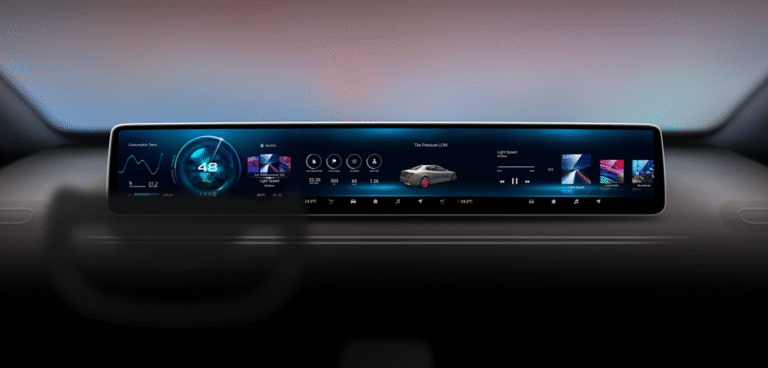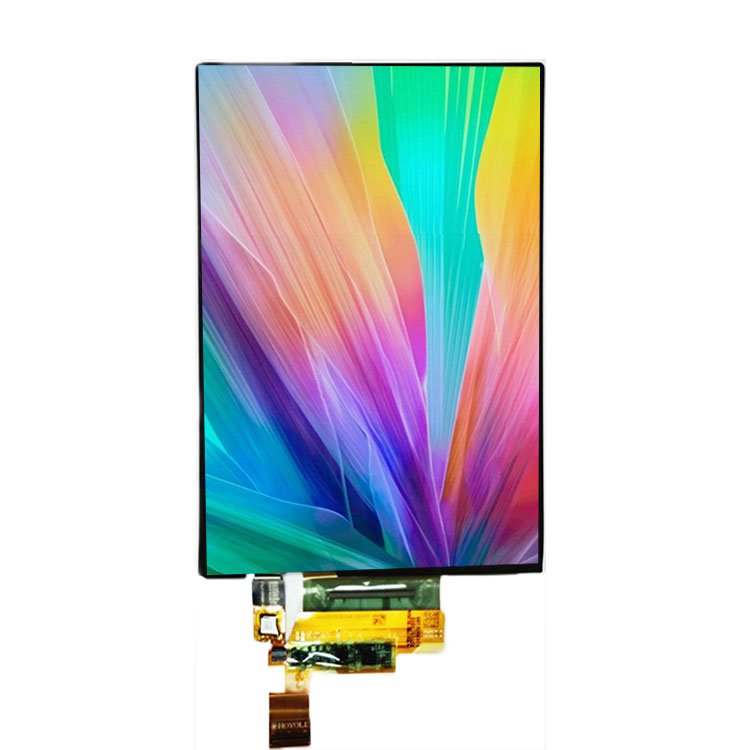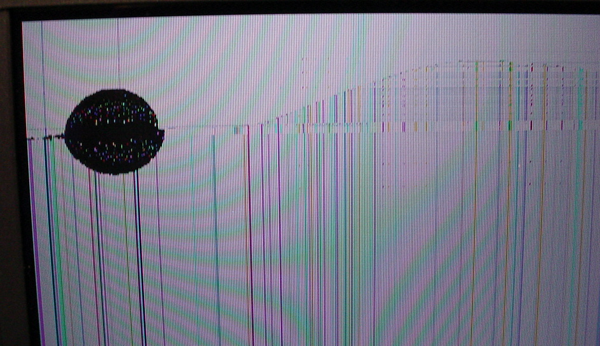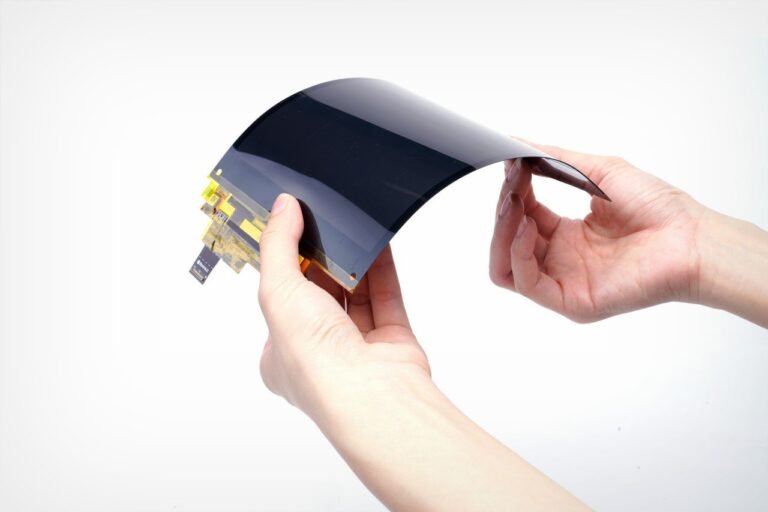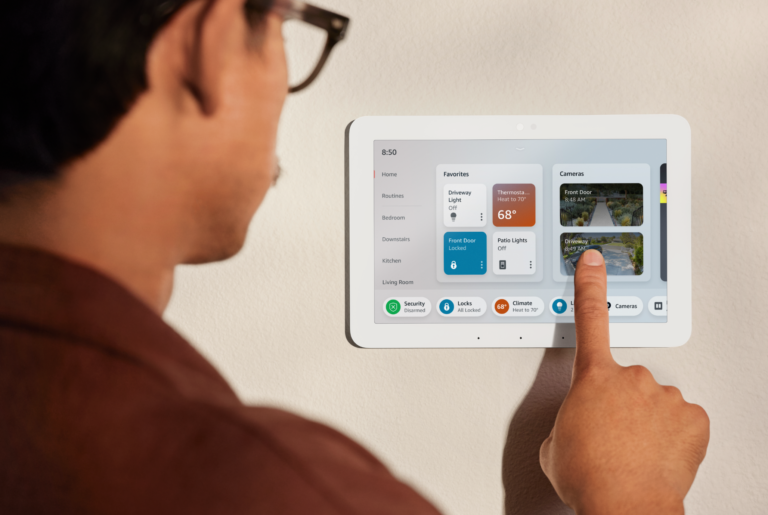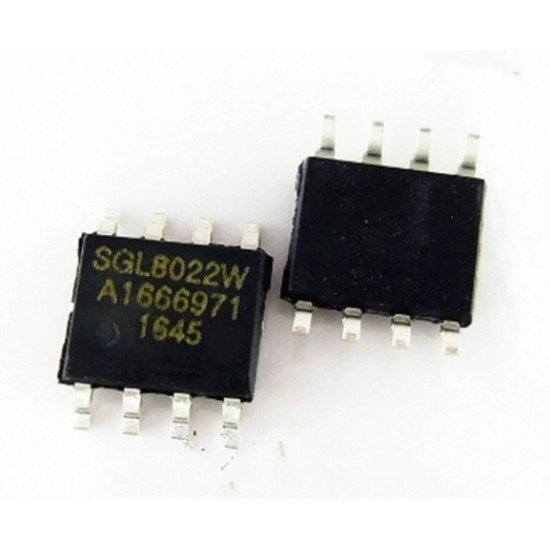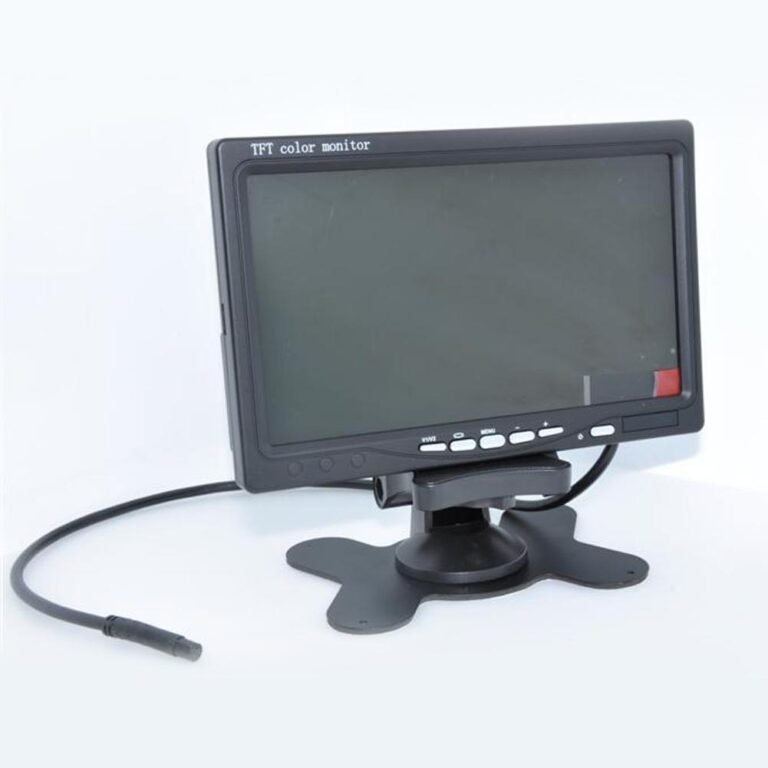The Core Concept: What Makes an LCD Screen?
LCD stands for Liquid Crystal Display, a flat-panel display technology that uses a unique state of matter—liquid crystals—to modulate light. Unlike emissive displays such as OLED or CRTs, LCDs do not produce their own light. Instead, they manipulate retroiluminação through controlled polarization and filtering to render visible images.
At a high level, every LCD panel consists of:
- A backlight source
- A camada de cristais líquidos sandwiched between electrodes
- Dois polarizing filters
- A glass substrate embedded with thin-film transistors (TFTs)
- Color filters (for RGB rendering)
These elements work together to control how much light reaches each pixel—and what color it should be.
👉 Leitura relacionada: Estrutura e princípio de funcionamento do ecrã de cristais líquidos TFT
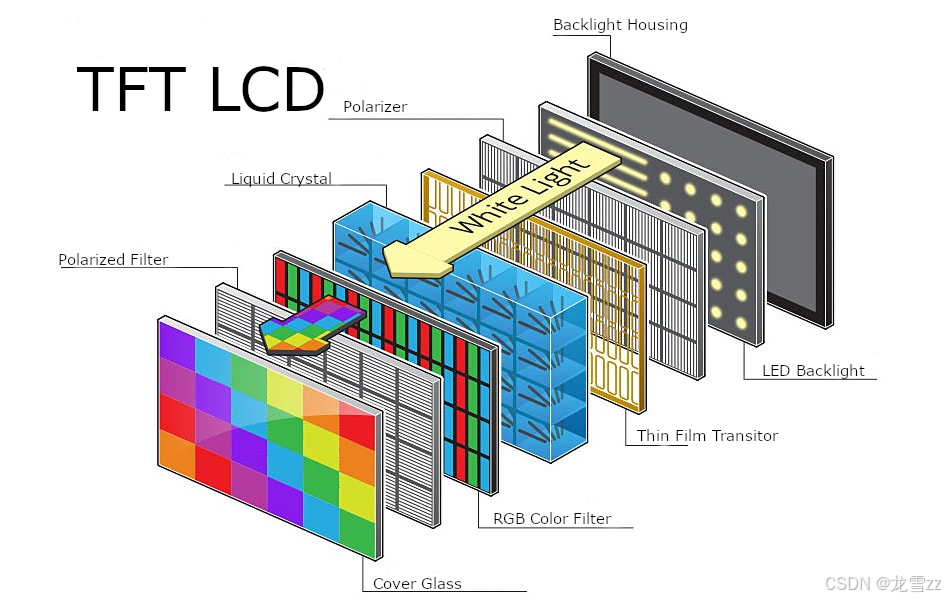
What Are Liquid Crystals?
Liquid crystals are materials that exhibit properties between those of conventional liquids and solid crystals. In LCD technology, nematic liquid crystals are the most common type used.
Their key characteristic is that they can reorient their molecular alignment when exposed to an electric field. This change affects how light passes through the layer, allowing LCDs to control brightness and contrast at the pixel level.
Without an electric field, the molecules are aligned in a twisted structure, rotating the polarized light and allowing it to pass through the final polarizer. When voltage is applied, the structure straightens and blocks light, creating darker pixels.
The Role of Backlighting in LCD Screens
Since liquid crystals cannot emit light on their own, backlighting is essential. The backlight unit (BLU) is typically located behind the LCD cell and is composed of:
- LEDs (most commonly white LEDs)
- Light guide plates (LGP)
- Diffusers and prism sheets
The goal is to create a uniform, bright light field across the entire display. This light will then be selectively blocked or transmitted by the liquid crystals above, depending on the desired image content.
Modern LCDs use edge-lit ou direct-lit LED arrangements, and some high-end panels employ local dimming to enhance contrast.
Milhares de produtos estão disponíveis no nosso catálogo.
Descubra a nossa vasta gama de produtos, incluindo LCD-TFTs, ecrãs gráficos e alfanuméricos OLED, LCMs, ecrãs de papel eletrónico, leitores de códigos de barras (incorporados, portáteis, de montagem fixa), monitores industriais, computadores industriais (placas de suporte, COMs e SOMs, sistemas incorporados, computadores de painel HMI, SBCs), ecrãs tácteis capacitivos e resistivos e acessórios (kits de desenvolvimento, conectores, controladores, fitas FPC/FFC, conectores ZIF).
How Pixels Are Formed in LCD Displays
Each LCD screen is made up of millions of tiny units called pixéis. A pixel in an LCD is not a single element—it consists of three subpixels: red, green, and blue. These subpixels are individually controlled to mix and create full-color output.
At the heart of pixel control is the Thin-Film Transistor (TFT) array, which acts like a grid of electronic switches. Each subpixel is addressed by its corresponding TFT, which regulates the voltage applied to the liquid crystals.
The more voltage applied, the more the liquid crystals align and block light—making that subpixel darker. Conversely, less voltage allows more light through. By varying this across subpixels, LCDs can display millions of color combinations.
How Color Filters Create RGB Output
Since the backlight is typically white, color filters are necessary to produce full-color images. These are patterned across the display in a fixed sequence—usually red, green, and blue stripes or delta arrangements.
Each subpixel sits beneath a filtro de cor, and only allows light of that specific color to pass. By combining different brightness levels from the red, green, and blue subpixels, the display can render any color perceived by the human eye.
Por exemplo:
- Red subpixel = full voltage → blocks light → appears dark
- Green subpixel = low voltage → passes more light → appears bright
- Blue subpixel = mid voltage → moderate light → mid-tone
Together, the eye blends these into a single color pixel—perhaps yellow, purple, or white.
The Role of Polarizing Filters
Polarization is essential to LCD operation. Two polarizing layers—one at the front, one at the rear—are aligned perpendicular to one another.
In the off state, the liquid crystal layer twists the light’s polarization so it passes through both filters. When a tensão é aplicada, the crystals untwist, blocking the polarized light at the second filter. This mechanism allows the display to selectively dim or brighten subpixels based on electric input.
Em “normally black” painéis (comuns em displays IPS), a tensão ativa o brilho. Nos painéis “normalmente brancos”, a tensão bloqueia a luz. A escolha depende das necessidades da aplicação em termos de contraste e comportamento de energia.
Diferentes Tipos de Tecnologias de LCD
Existem vários tipos de painéis LCD, cada um otimizado para necessidades específicas:
TN (Nematic Twisted)
- Resposta rápida, baixo custo
- Ângulos de visualização estreitos
- Ideal para monitores de entrada de gama, aplicações de baixo custo
IPS (In-Plane Switching)
- Excelente consistência de cor e amplos ângulos de visão
- Comum em dispositivos móveis, displays profissionais
VA (Alinhamento Vertical)
- Alto contraste nativo, pretos mais profundos
- Usado em TVs, painéis de controlo
LCDs Transflectivos
- Refletem a luz ambiente + usam retroiluminação
- Ideal para aplicações legíveis sob luz solar (ex.: instrumentos para exterior)
Cada tipo utiliza os mesmos princípios de cristais líquidos, mas altera o alinhamento molecular e a geometria dos elétrodos para se adequar a diferentes condições de visualização e energia.
👉 Leitura relacionada: Quais são as diferenças entre TN, VA e IPS?
Perguntas mais frequentes
Qual é a função dos filtros polarizadores num ecrã LCD?
Eles controlam a passagem da luz com base na orientação. Os LCDs usam dois polarizadores cruzados e a camada de cristais líquidos para rodar ou bloquear a luz, permitindo o controlo do brilho ao nível do pixel.
Por que é necessária a retroiluminação nos ecrãs LCD?
Os cristais líquidos não emitem luz. A retroiluminação fornece uma fonte de luz uniforme que é modulada seletivamente para formar imagens. Sem ela, o ecrã permaneceria escuro.
Como é que um ecrã LCD produz cores diferentes?
Ao combinar subpixels vermelhos, verdes e azuis — cada um com o seu próprio filtro de cor e controlo de brilho — os LCDs podem misturar luz em diferentes intensidades para formar imagens a cores completas.
Quais são as vantagens da tecnologia LCD em relação a outros displays?
Os LCDs são energeticamente eficientes, rentáveis e maduros. Oferecem bom brilho, nitidez e longa vida útil, especialmente quando emparelhados com retroiluminação LED.
Quais são os diferentes tipos de ecrãs LCD?
TN, IPS, VA e Transflectivo são tipos comuns — cada um adequado para diferentes casos de uso, desde monitores económicos a displays legíveis sob luz solar e ecrãs de alta gama com cores precisas.



